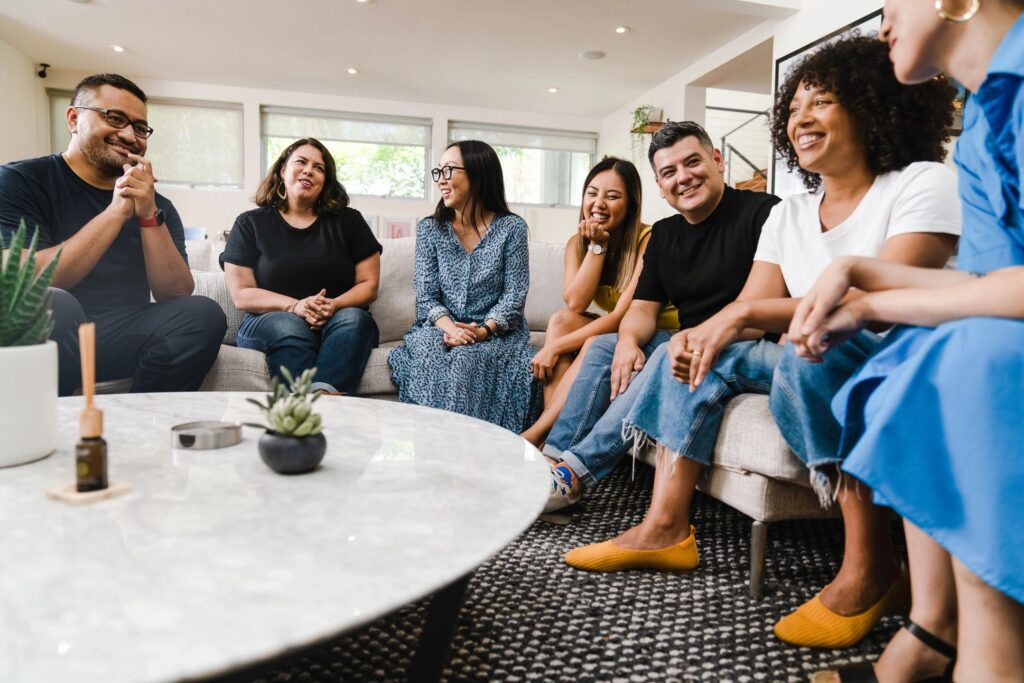
On December 10, 2021, deadly tornadoes ravaged six states. Rescue workers responded as quickly as possible but found hundreds of fatalities and injured among those working night shifts at local factories and warehouses. Kentucky’s Governor said the event was “unlike anything I have ever seen”, and it was recorded as the most destructive tornado in the state’s history.
The devastation was not limited to the factories. Hundreds of homes were also destroyed. Some families that were able to take shelter in basements survived, but others fell victim to the ravaging winds that ripped rooves off of houses and scattered personal belongings for miles. The tornado affected families and communities in Tennessee, Missouri, Arkansas, Illinois, Mississippi, and Kentucky.
The loss of life that resulted from this natural disaster is jarring. In one town, about 75% of the community was leveled. Those helping with the disaster response said the aftermath of the tornado looked like a warzone.
The devastation brought about by the tornados is not limited to what we can perceive with our senses or the obvious changes to the physical environment. The experience of surviving a natural disaster is traumatic: people have lost their loved ones, their jobs, their possessions. They have lost their communities, their daily routines, and their friends. Photographs and heirlooms passed down for generations are gone forever.
The trauma of surviving a natural disaster is not limited to those who experienced it first hand or lived in the areas directly impacted. Family and friends, some of whom may live in other states or even other countries, have also experienced deep loss as a result of the Tornados.
Each individual’s response to trauma will be different. Some people who survive a life-threatening experience Post-Traumatic Stress Disorder, a condition characterized by anxiety, flashbacks, fear of an event repeating itself, erratic sleeping and eating patterns, and intrusive thoughts. The onset of PTSD could include some or all of these symptoms, as well as others. The timing of the onset may also vary – with some people experiencing immediate onset and others may developing symptoms weeks or months after the event.
Fortunately, those directly impacted by the physical devastation caused by the tornados will receive support from government agencies and nonprofits that specialize in disaster response and recovery. Volunteer drives and fundraising efforts will also have a positive impact on the lives of those whose world has changed so dramatically overnight.
But more can be done. We can each do something to support the tornado victims. Our ability to help is not determined by how far or near we live to the impacted states, what expertise we have, or how much financial support we can donate. Choosing to support the victims of the recent tornados is simply a choice to be more present, more compassionate and more, supportive of those in our neighborhoods and communities.
Communities are places where people build relationships, experience a sense of connection, and find support. Some of those who live in our communities, a next-door neighbor, a little league parent, a local restaurant owner, may have a friend or family member that was impacted by the tornados. They may have lost a loved one. The town where they grew up may have completely disappeared. They may have a childhood friend or family member who is now homeless and will need to create a new life starting from zero. We can make a conscious decision to support these individuals and remind them that they are part of a community that cares about them and will support them. That support could be provided in many ways: going on a walk together, a phone call, a note, or an invitation to an outing or to share in a holiday meal.
Neighborhoods are defined by their locations and social structures. The quality of a neighborhood is determined, in part, by how well people maintain their homes and the common spaces. It also involves how the people living in the same location treat one another. Some question if the golden rule of “treat others as you would like to be treated” has a place in modern society given that different people want different things.
While this may be true in terms of positions, careers, financial status, and lifestyle choices, it’s safe to assume that all human beings have a set of basic needs. Indeed, in 1943, Maslow established a Hierarchy of Needs, and this model has endured. But humans don’t need a psychological model to understand that, in general, people need food, shelter, a sense of safety, to feel loved, to belong, and to feel respected. Being a good neighbor, and building a strong neighborhood, therefore, is simply being aware of the degree to which those living right next to us have access to experiences that allow them to feel the things we ourselves desire to feel. Supportive communities are made up of individuals that are good neighbors.
Some of those whose lives have been devastated by the recent tornados may need to relocate to a new community and become your new neighbor. Their relocation creates an opportunity for us to strengthen our communities, be good neighbors and support their efforts to recover from a natural disaster. Simple actions like welcoming them with a visit, offering to introduce them to others, sharing information, and answering questions can go a long way in facilitating their adjustment and efforts to rebuild their lives.
We can choose to do for others what we’d hope someone would do for us if we found ourselves in the same situation.
However, our neighborly acts of kindness should be available to all new residents – no matter what life event brought them to our neighborhood.
